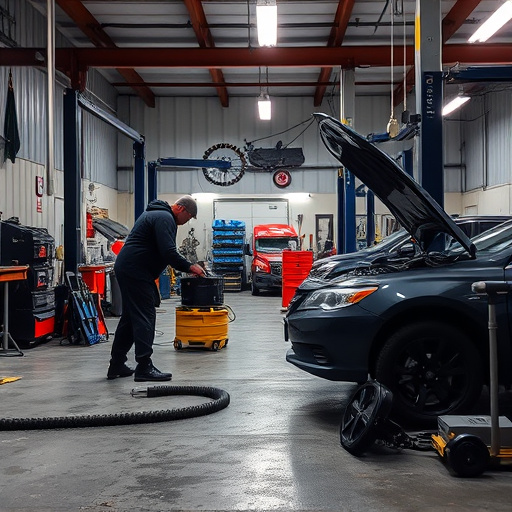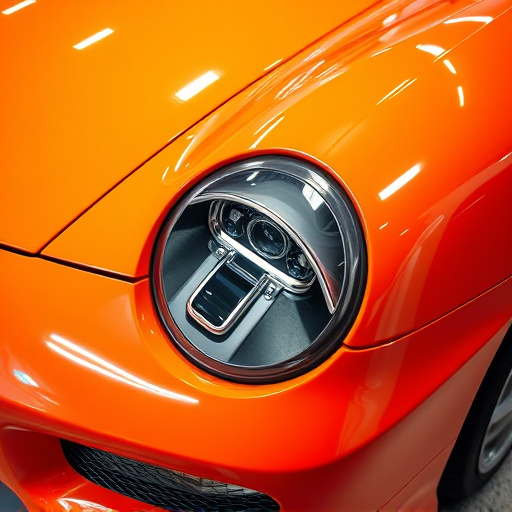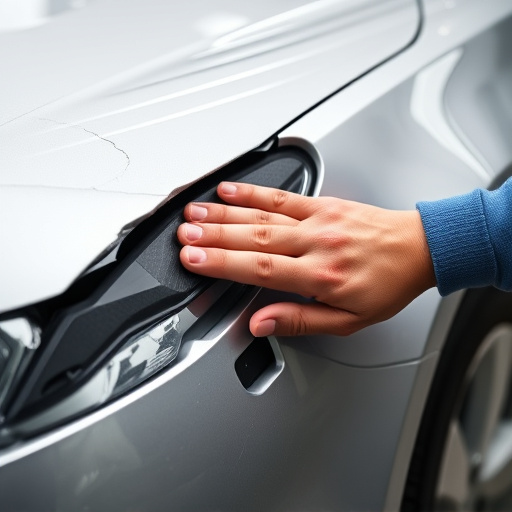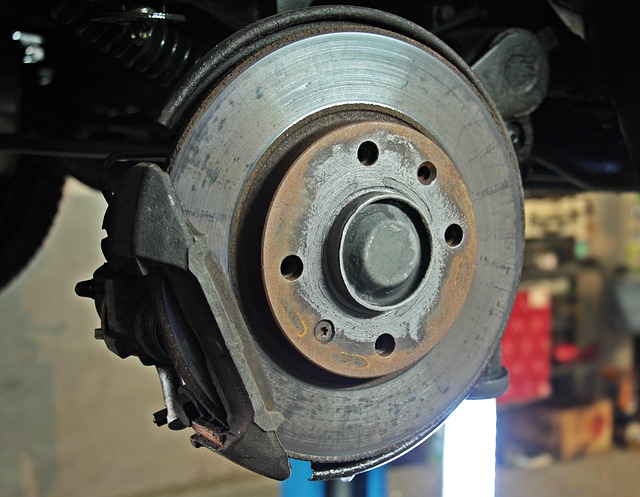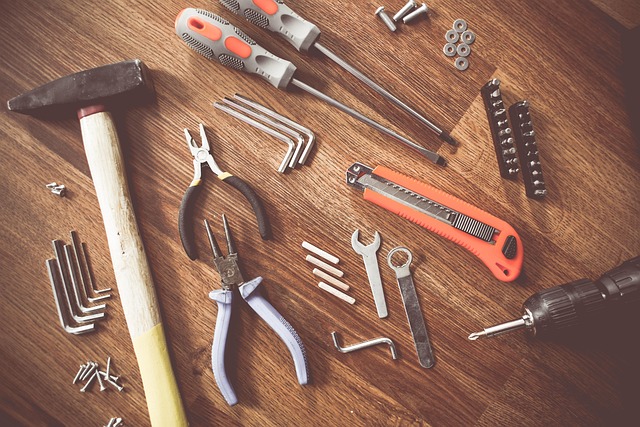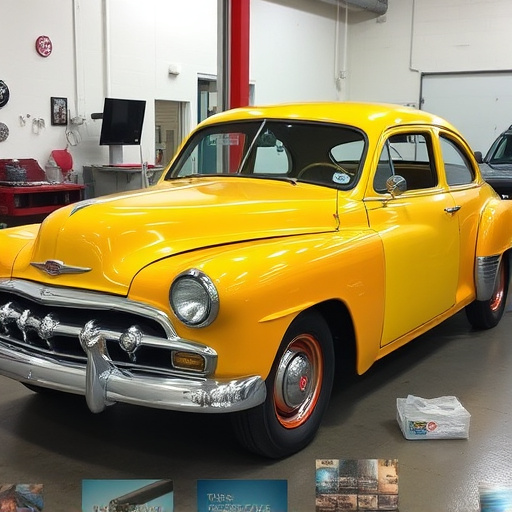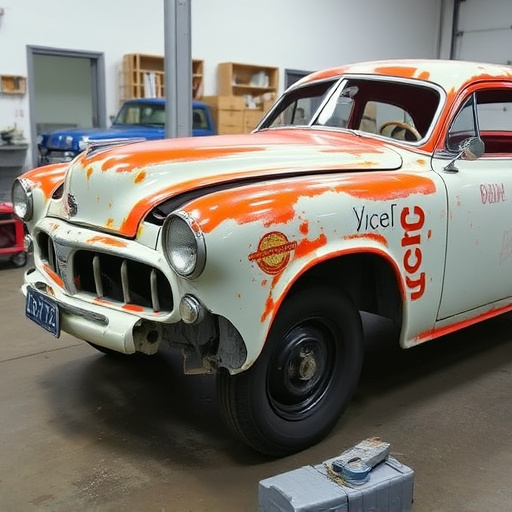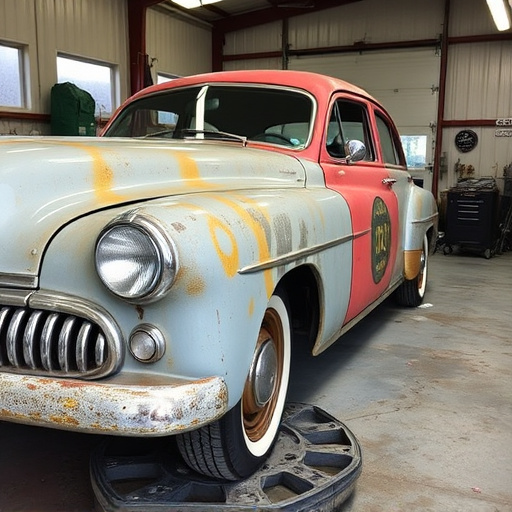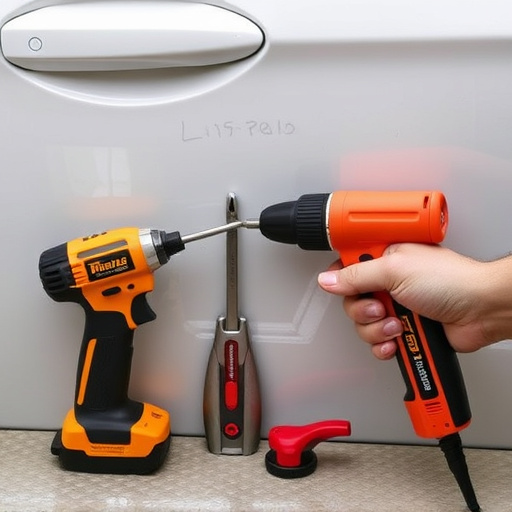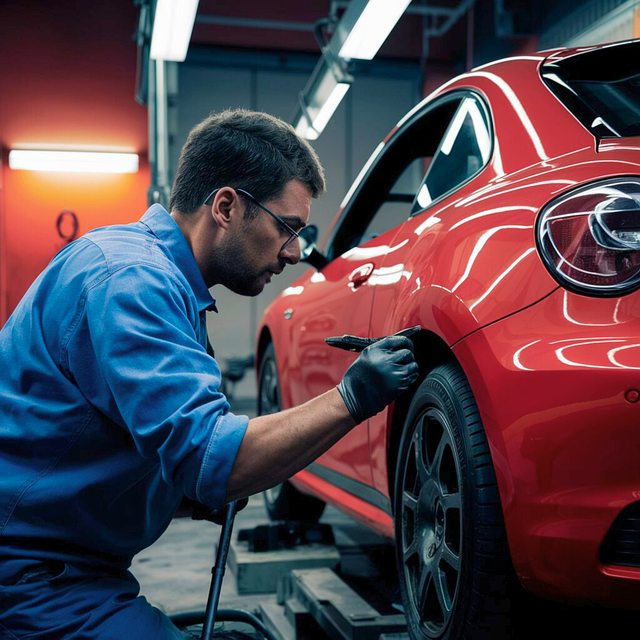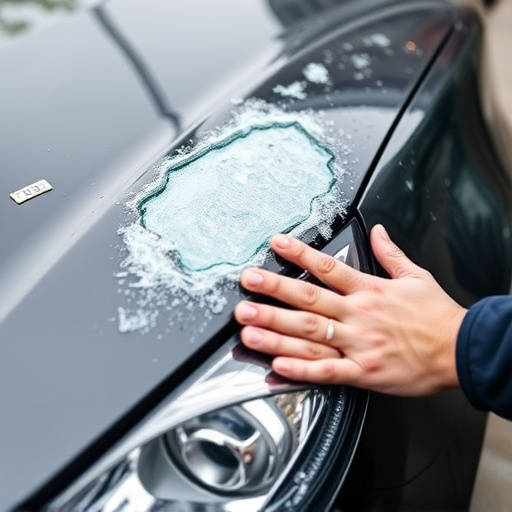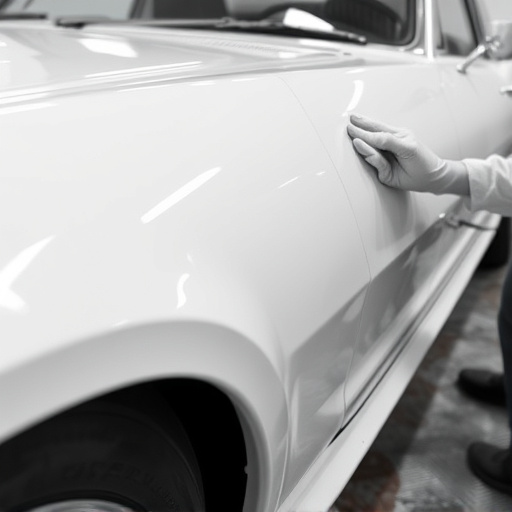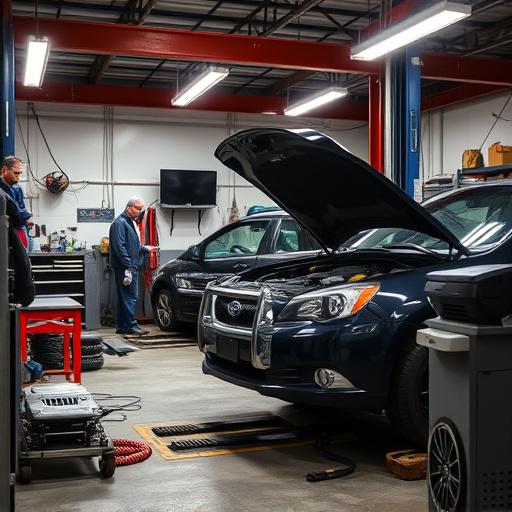Mercedes carbon fiber damage requires specialized repair due to material properties. Technicians use visual inspection, testing, and non-destructive methods for accurate evaluation. Repairs involve gathering specific tools and materials, controlling environmental conditions, and reshaping damaged parts to preserve aesthetics and structural integrity, ensuring top-quality outcomes like auto glass replacement.
In the realm of luxury automotive repairs, Mercedes-Benz carbon fiber components stand as a testament to advanced craftsmanship. When these intricate pieces sustain damage, effective rebounding techniques are crucial for restoration. This article guides enthusiasts and professionals through the process, beginning with understanding Mercedes carbon fiber damage and progressing to essential preparation steps and advanced bonding methods. By mastering these techniques, you’ll unlock the secrets to seamless Mercedes carbon fiber parts repair.
- Understanding Mercedes Carbon Fiber Damage
- Preparation and Tools for Repairs
- Advanced Rebonding Techniques Mastery
Understanding Mercedes Carbon Fiber Damage
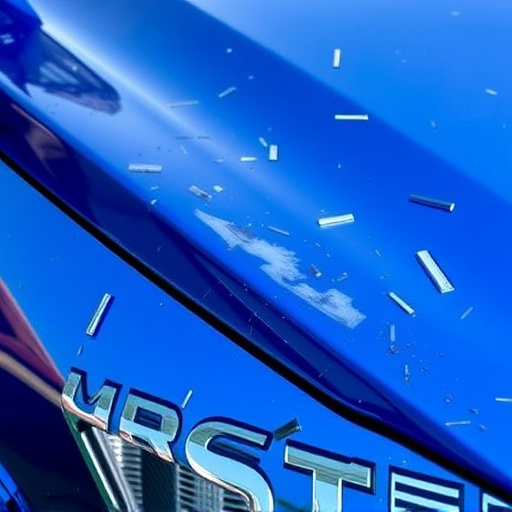
Mercedes carbon fiber damage can occur due to various reasons, from minor chips and cracks to more severe impacts that compromise the structural integrity of the vehicle’s composite panels. Understanding the nature of this damage is crucial for effective Mercedes carbon fiber parts repair. Carbon fiber, known for its lightweight yet incredibly strong properties, is susceptible to stress concentrations caused by sharp edges or impacts. Even small dents or scratches can lead to long-term issues as carbon fiber has no memory and will continue to deteriorate over time if left unrepaired.
Proper evaluation of the damage is essential in auto body repair, especially for high-end vehicles like Mercedes. Technicians skilled in carbon fiber repair use specialized tools and techniques to assess the extent of the damage, which may include visual inspection, pressure testing, and even non-destructive testing methods. Once the damage is accurately identified, a tailored repair strategy can be implemented, ensuring that the vehicle’s original aesthetics and structural soundness are fully restored, comparable to the quality of auto glass repair for other components.
Preparation and Tools for Repairs
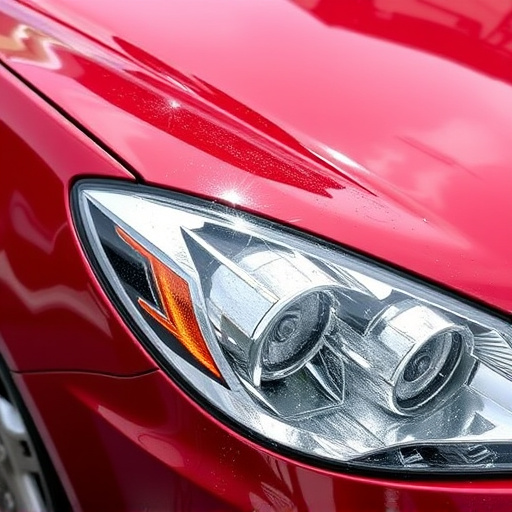
Before tackling any Mercedes carbon fiber parts repair, thorough preparation is key. This involves gathering the necessary tools and materials specific to auto maintenance for this intricate material. Carbon fiber repairs demand precision and expertise due to its lightweight yet robust nature, a hallmark of modern automotive body work. A well-stocked toolkit should include specialized adhesives designed for carbon fiber, precision cutters or sanders, and clean-up solutions that can handle the unique properties of these fibers without causing damage.
In addition to tools, proper environmental conditions are crucial. Repairs should be conducted in a controlled setting, away from direct sunlight or extreme temperatures, which can affect the integrity of the carbon fiber. A collision center with experience in such repairs is ideal, as they have access to the right resources and knowledge to ensure the job is done right, preserving both the aesthetics and structural integrity of the Mercedes vehicle.
Advanced Rebonding Techniques Mastery

In the realm of Mercedes carbon fiber parts repair, mastery of advanced rebounding techniques is paramount. These innovative methods go beyond conventional repair practices, allowing for more precise and effective restoration of damaged carbon fiber components. Skilled technicians employ specialized tools and materials to seamlessly integrate repaired areas with the vehicle’s original structure, ensuring structural integrity and aesthetic harmony.
The art of rebounding involves careful manipulation of pressure and temperature to reshape and realign carbon fiber panels without compromising their strength or finish. This meticulous process, combined with advanced composite materials, facilitates the seamless repair of complex auto glass replacement, vehicle dent repair, and car dent repair scenarios commonly encountered in modern automotive care, elevating the overall quality and longevity of Mercedes vehicles.
In conclusion, mastering rebound techniques is an art in Mercedes carbon fiber repairs, enabling technicians to restore these high-end materials to their original strength and aesthetics. By understanding damage, preparing with the right tools, and embracing advanced methods, professionals can ensure superior results for Mercedes carbon fiber parts repair, preserving both the vehicle’s value and its distinctive design.
